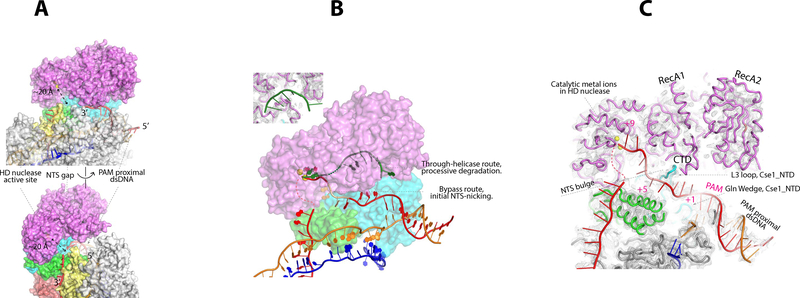Figure 4. NTS-nicking bypasses Cas3 helicase, and HD nuclease captures NTS at a flexible bulge.
A. The nuclease center of Cas3 is ~20 Å away from the NTS traveling on the Cascade surface. B. The cryo-EM densities suggest NTS (in red) bypasses the Cas3 helicase and accesses its HD nuclease center directly. This route is different from the through-helicase route (in green) observed in the TfuCas3/ssDNA structure. Inset: cryo-EM density showing that no nucleic acid densities are found inside the Cas3 helicase. C. Path of NTS inside the TfuCascade/R-loop/Cas3 complex. A flexible bulge is present in NTS between the L3 loop and CTD of Cse1, where the EM density is absent. The bulge allows the Cas3 nuclease to capture and nick the NTS. Structure building and modeling explains why Cas3 preferentially nicks after PAM+9 in NTS. The backbone of nucleotides PAM+1–4 and PAM+8–9 can be traced from the cryo-EM map; PAM+5–7 are modeled. The minor nicking sites (PAM+7 and +11) can be rationalized based on the observed NTS flexibility.

